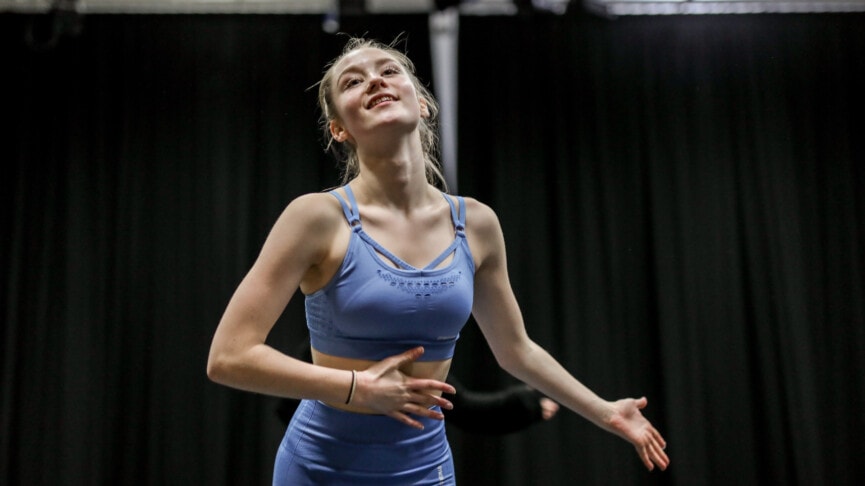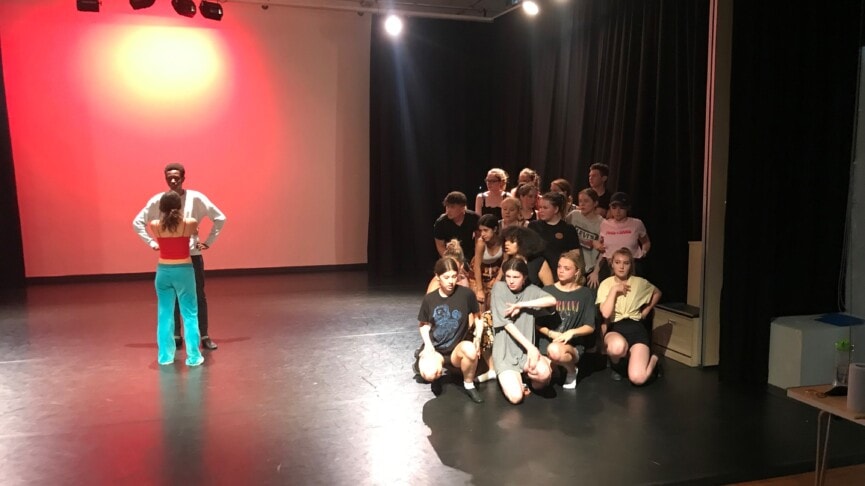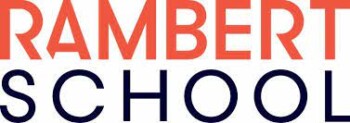Overview
Students will study performance, choreography and dance appreciation.
There will be the opportunity to devise, perform and interpret dance, demonstrating technical and expressive skills, as well as evaluate and critique professional works across a range of genres. Dance is assessed both practically and in written examinations.
Entry Requirements
Aside from the general entry criteria that the College requires, you will also need a minimum of:
• Grade 4 in GCSE English Language
You will also require experience of dance, whether through GCSE or attending classes outside school.
Course Details
You will study the Rambert dance company 1966 to 2002 and its choreographers, such as Christopher Bruce, Richard Alston and Glen Tetley. You will work with teachers from Rambert and spend time at their studios on the South Bank in London. You will have the opportunity of auditioning for their youth company, Quicksilver, and of possibly taking weekly classes at Rambert. You will do practical work based on the style of Christopher Bruce and study “Rooster” in detail.
You will study the area of American Jazz Dance 1940 to 1975 and analyse the set work “Singin’ in the Rain” starring Gene Kelly and other works starring Gene Kelly, as well as looking at a range of choreographers and their works, e.g. Fred Astaire, Agnes de Mille, Jerome Robbins and Bob Fosse.
Assessment
Assessment is by a practical exam, worth 50% of the total marks and a written examination, also worth 50% of the total marks.
The practical exam is externally assessed by a visiting examiner. The exam consists of the performance of a solo and a quartet. Each student choreographs a 3 minute group piece for other students to perform. This is based on a question from the exam board AQA. The solo is based on an area of study.
The written paper consists of two sections. Section A consists of short answer questions on the set Rambert text “Rooster” by Christopher Bruce and an essay question on Rambert. Section B consists of two essay questions on American jazz dance. The first question is on “Singin’ in the Rain” (1952) by Gene Kelly and Stanley Donen. The second question is on other choreographers and their contribution to American jazz dance 1940 to 1975.
Subject Combinations
As dance promotes a healthy lifestyle through an awareness of the importance of exercise and training, it combines very well with a Physical Education course. It also complements Performing Arts BTEC, Music Technology BTEC and Drama and Theatre A Level and can also be combined with contrasting subjects in the Humanities and Sciences.
University Destinations
Dance A Level is a highly respected qualification with 90% of our students progressing onto university.
Here are some typical university destinations that our Dance A Level students go on to. Click on a destination to see some examples of course they have taken.
Careers
Some students take a Dance degree at a university whilst others go to Urdang, London Studio Centre, Trinity Laban, LIPA, Bird College, Laine Theatre Arts, Arts Ed. or spend a year with a company such as the Balletboyz and gain a Level 4 qualification as a professional dancer. Some go abroad to study Dance at places like the Barcelona Institute of the Arts. Some follow musical theatre pathways and go to places like Mountview or Guildford School of Acting. Careers cover professional dancer, dance critic, dance therapist, administrator for a dance company, archivist and dance teacher.
FAQs
What extra support/enrichment activities are on offer?
The department offers a varied programme of theatre visits. Students have seen work by Akram Khan, the Balletboyz, Shobana Jeyasingh, Javier de Frutos, Richard Alston, and Merce Cunningham’s company, as well as a variety of musical theatre shows such as “Wicked”, “Matilda”, “Guys And Dolls”, “Showboat”, “On the Town”, ‘42nd Street”, “Dreamgirls”, and “An American In Paris”.
Professional dance companies, such as the Rambert Company, come to College and take workshops with students. In the past our students have worked with Rambert at Sadler’s Wells on the main stage, learning repertoire from Christopher Bruce’s “Rooster”, and then continued to attend weekly classes at the new Rambert building on the South Bank in London, culminating in a dance show at The Brits in Croydon and for one lucky dancer who auditioned for the Quicksilver Youth Company at Rambert, a performance at the Queen Elizabeth Hall with the London Philharmonic Orchestra. We have had a residency with Rebourne, Matthew Bourne’s company, and workshops with the Richard Alston company. There is also an annual dance show.
What skills will I need and develop on this course?
You will need some experience in dance. This could be GCSE Dance or classes you attend in school or another dance school. You will enjoy dance and wish to extend your knowledge and understanding of the subject in all areas. There will be an opportunity to develop your creativity and technical knowledge in dance performance, choreography and analytical writing. It is useful but not essential to have experience in ballet and contemporary dance. You will need to be able to appreciate American jazz dance and, in particular, the style of tap.
What is the difference between Dance A Level and Performing Arts BTEC?
Dance A Level focuses on precise physical technique in different styles such as Ballet, Jazz and Contemporary Dance, and provides more opportunity to develop choreographic knowledge, both practically and through theory. Students analyse dance repertoire in detail and study two particular dance genres and a wide range of works. Performing Arts comprises acting, singing and dancing. Many students take both courses in order to strengthen their CV when going for auditions. Musical Theatre is offered on Performing Arts BTEC.














